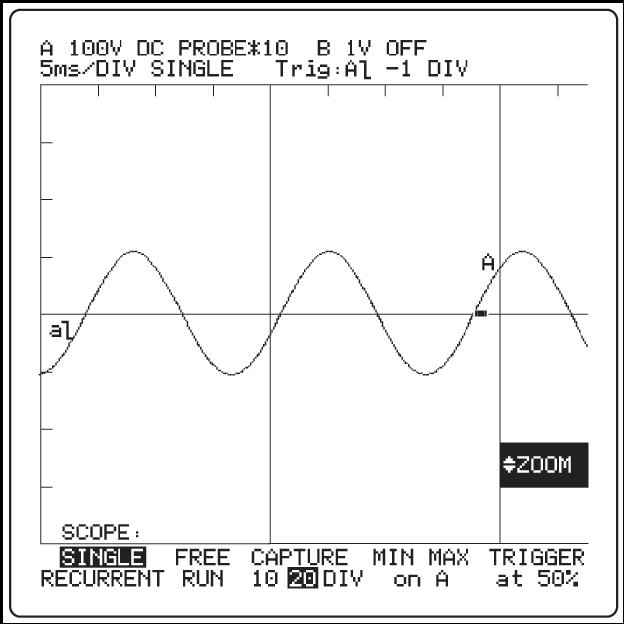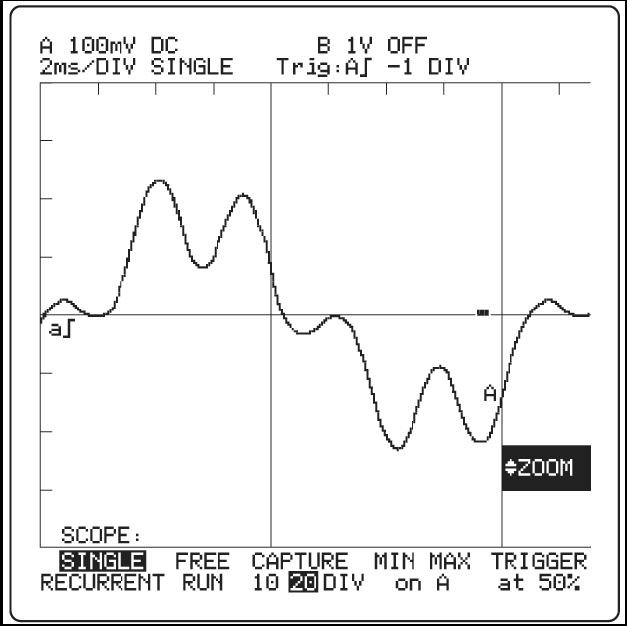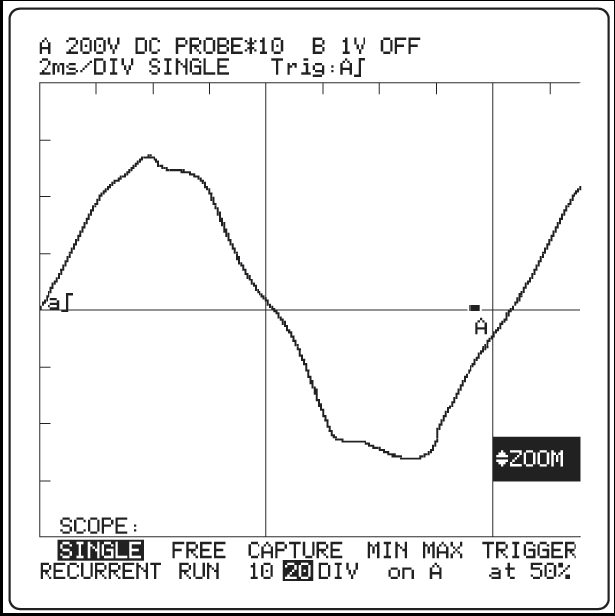New technology,
new challenges
A mystery is occurring
in today’s Schools, office buildings and
manufacturing plants.
Transformers supplying
seemingly average loads are
overheating. Neutral conductors in balanced
circuits are overheating from
excessive loads.
Circuit breakers are
tripping for no apparent reason.
Yet the standard troubleshooting procedures
show everything to be
normal. So what’s the problem?
In one word—harmonics.
Harmonics are the
byproducts of modern electronics. They are
especially prevalent wherever there
are large numbers of personal computers,
adjustable speed drives, and other types of
equipment that draw current in short
pulses.
This equipment is
designed to draw current only during a controlled
portion of the incoming voltage waveform.
While this dramatically improves efficiency,
it causes harmonics in the
load current. And that causes overheated
transformers and neutrals, as well as tripped
circuit breakers.
If you were to listen
to an ordinary 60-cycle power line, you’d
hear a monotone hum.
When harmonics are
present, you hear a different tune, rich
with high notes. The problem is even
more evident when you look at the waveform. A
normal 60-cycle power line voltage appears
on the oscilloscope as a near
sine wave (Figure 1).

Figure 1. Near
sine wave
When harmonics
are present, the waveform is distorted (Figure
2A
and 2B).

Figure
2A. Distorted current waveform

Figure
2B. Distorted voltage waveform
These waves are
described as non-sinusoidal. The voltage
and current waveforms are no longer simply
related-hence the term “non-linear.”
These distorted waveforms
create real problems in todays Schools, office buildings and
manufacturing plants.
Check out the next page on
"Effects of Harmonic currents" for a detailed explanation.